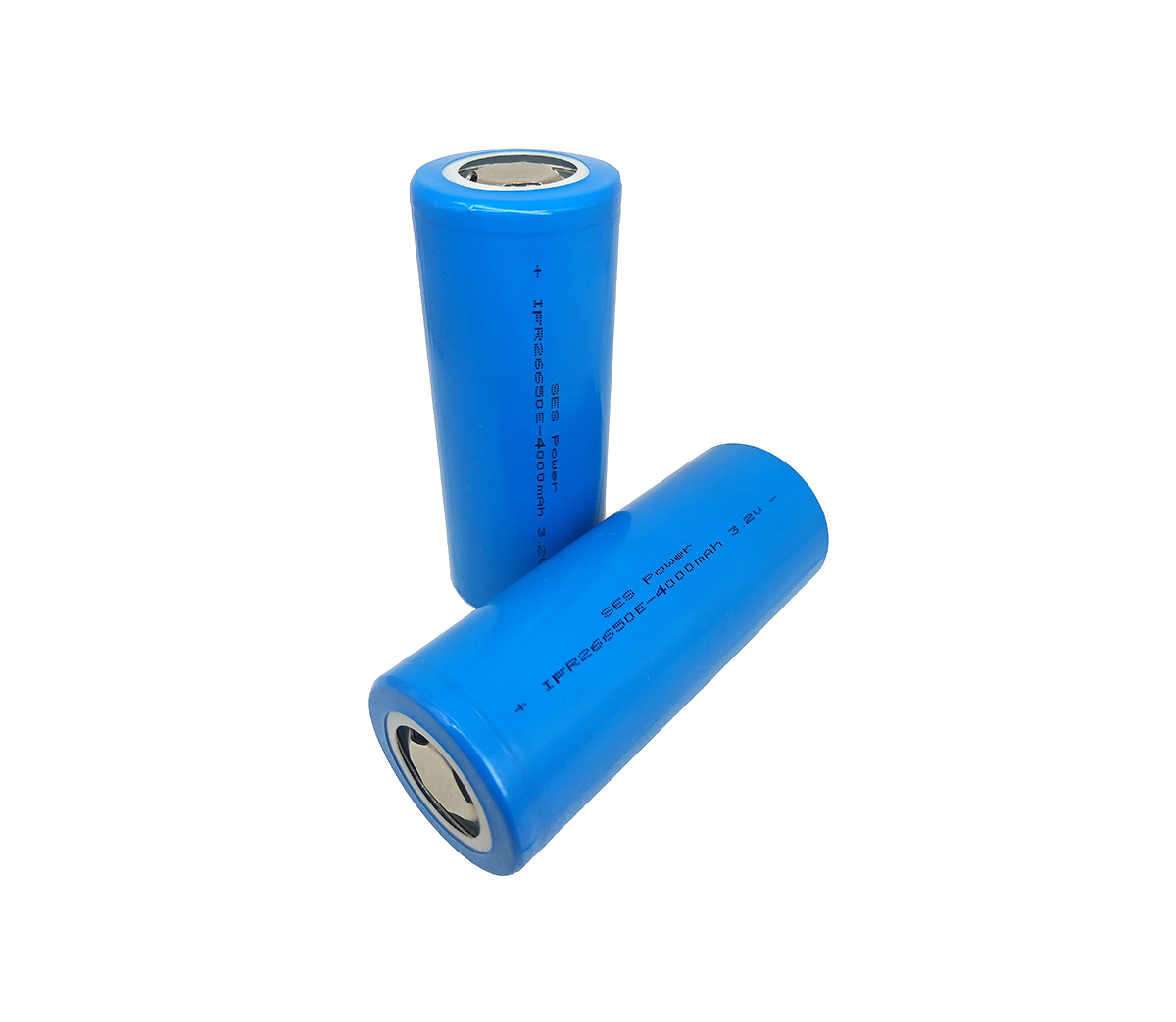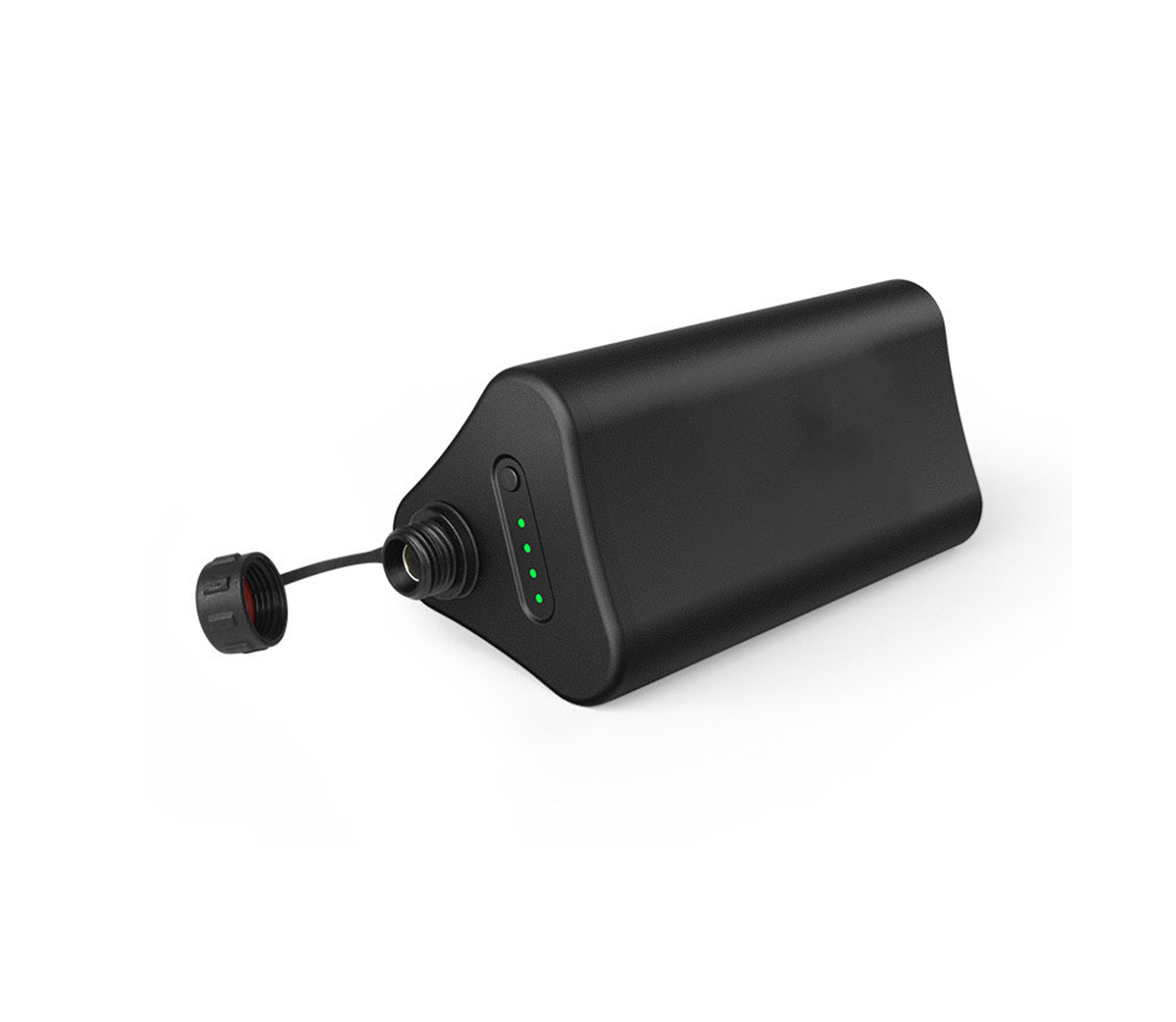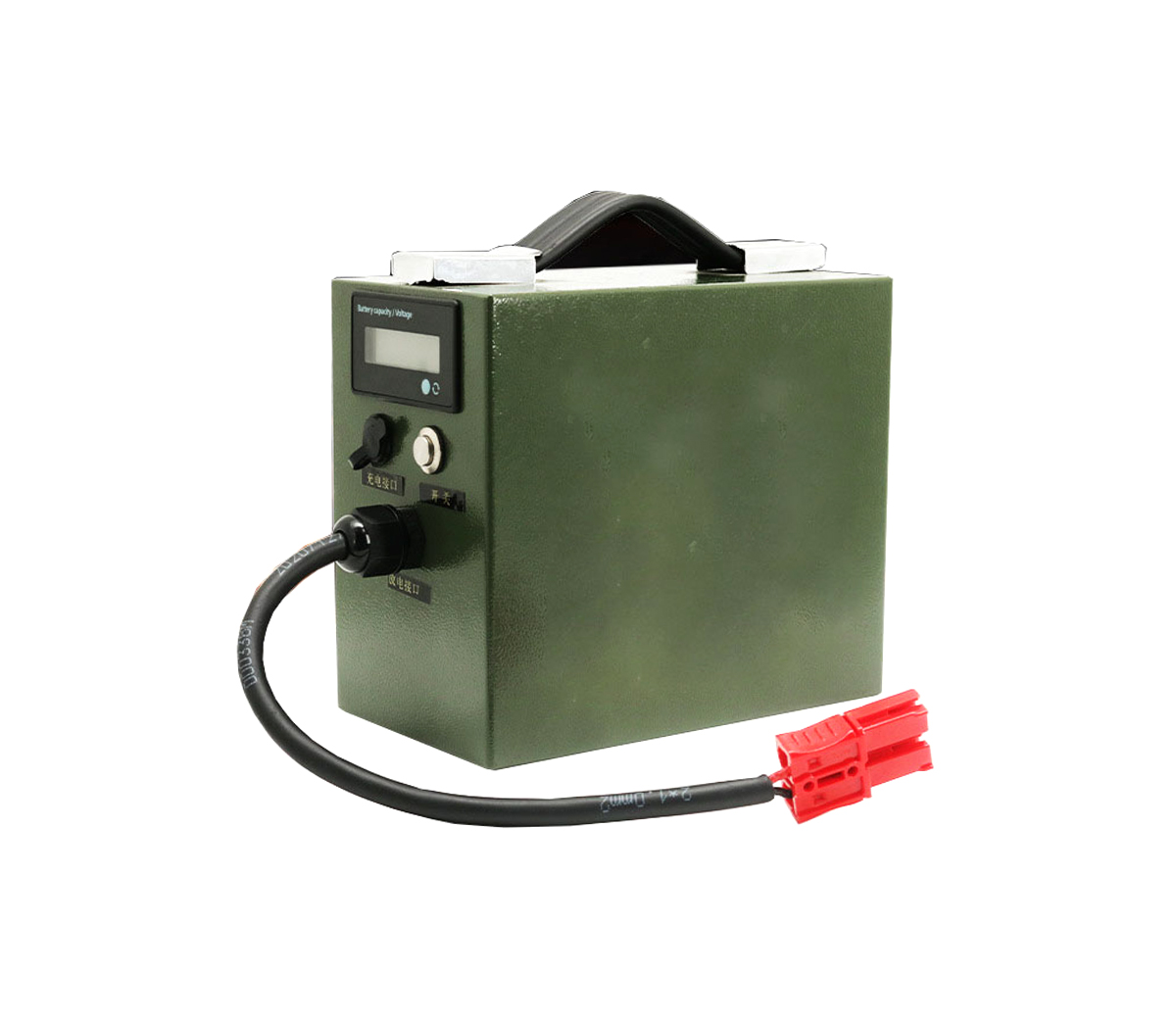How to solve the electrochemical equilibrium problem of lithium-ion battery
packs?
The battery pack is generally composed of hundreds or thousands of battery
cells, so the capacity of the battery pack is also affected by the single
battery. Research has shown that even the single battery has a cycle life of
more than 1,000 times. After the battery pack, the life of the battery pack may
be less than 200 times. This shows that the balance of the battery pack is very
important.
The battery pack is generally composed of hundreds or thousands of battery
cells, so the capacity of the battery pack is also affected by the single
battery. Research has shown that even the single battery has a cycle life of
more than 1,000 times. After the battery pack, the life of the battery pack may
be less than 200 times. This shows that the balance of the battery pack is very
important.
For a long time, the poor consistency of lithium-ion battery cells has
plagued the design of lithium-ion battery packs. The consistency we are talking
about here not only refers to the traditional capacity, voltage and other
parameters, but also includes the capacity decline of the single battery.
Factors such as speed, internal resistance decay speed and temperature
distribution of the battery pack.
Ideally, the same batch of lithium-ion batteries should have the same
electrochemical performance, but in fact, due to errors in the manufacturing
process, there will be inconsistencies between lithium-ion cells. Battery packs
are often composed of hundreds or even thousands of single cells in series and
parallel. Therefore, the capacity of the battery pack is greatly affected by the
inconsistency of the single cells (the inconsistency factors that have the
greatest impact on the performance of the battery pack include Coulomb
Inconsistent efficiency, inconsistent self-discharge rate, inconsistent increase
in internal resistance, etc.). Research has shown that even if the cycle life of
a single battery reaches more than 1,000 times, the battery pack may have a
lifespan of less than 200 times after forming a battery pack.
Therefore, for a battery pack composed of a large number of single cells,
equalization equipment is necessary. At present, the common equalization method
on the market mainly uses electronic equipment to achieve voltage equalization
between the single cells, so it is technically all Similar to but slightly
different. Recently, Alexander U. Schmid and others of the University of
Stuttgart in Germany used Ni metal hydride batteries (NiMH) and Ni-Zn batteries
to achieve electrochemical equilibrium of battery packs, providing a new idea
for battery pack balancing.
Due to the limitation of the working principle of lithium-ion batteries,
its ability to resist overcharge is very weak, and problems such as electrolyte
decomposition and lithium evolution may occur in the case of overcharge. When
the NiMH battery is overcharged, the H2O in the electrolyte will decompose the
O2 and H2 produced by the positive and negative electrodes, and the O2 and H2
can recombine to form water under the action of the catalyst, thus forming a
complete cycle. At a small rate of C/3-C/10, the rate of gas generation is
almost the same as the rate of recombination, so the overcharge resistance of
NiMH batteries is very good. Based on the above principles, Alexander U. Schmid
uses NiMH batteries and similar Ni-Zn batteries to balance lithium-ion battery
packs. When using this electrochemical equalization method, the traditional
voltage monitoring and electronic equalization units can be omitted, which
effectively reduces the complexity of battery pack management and improves the
reliability of the battery pack.
Alexander U. Schmid selected LiFePO4 and Li4TI5O12 materials as the
experimental objects. The reason is that these two materials have a certain
tolerance to overcharge, and the voltage will rise rapidly after the complete
delithiation. At this time, NiMH and Ni-Zn batteries bear Acting as a current
Bypass, excess current will flow into NiMH and Ni-Zn batteries to avoid
overcharging of lithium-ion batteries.
Its working principle is shown in the figure below. The NiMH battery or
Ni-Zn battery used for balancing is connected to the lithium-ion battery in
parallel. When a group of series-connected low-capacity batteries in the battery
pack is fully charged, the voltage reaches the threshold At this time, the NiMH
battery connected in parallel with it assumes the role of shunting. Basically
all current flows through the NiMH battery and no longer flows through the
lithium-ion battery, thus avoiding the overcharge of the lithium-ion battery.
During this process, the voltage and current changes of the lithium-ion battery
and NiMH are shown in Figure b below. In the case of perfect matching, the
current of the lithium-ion battery is shown in the red curve.


































